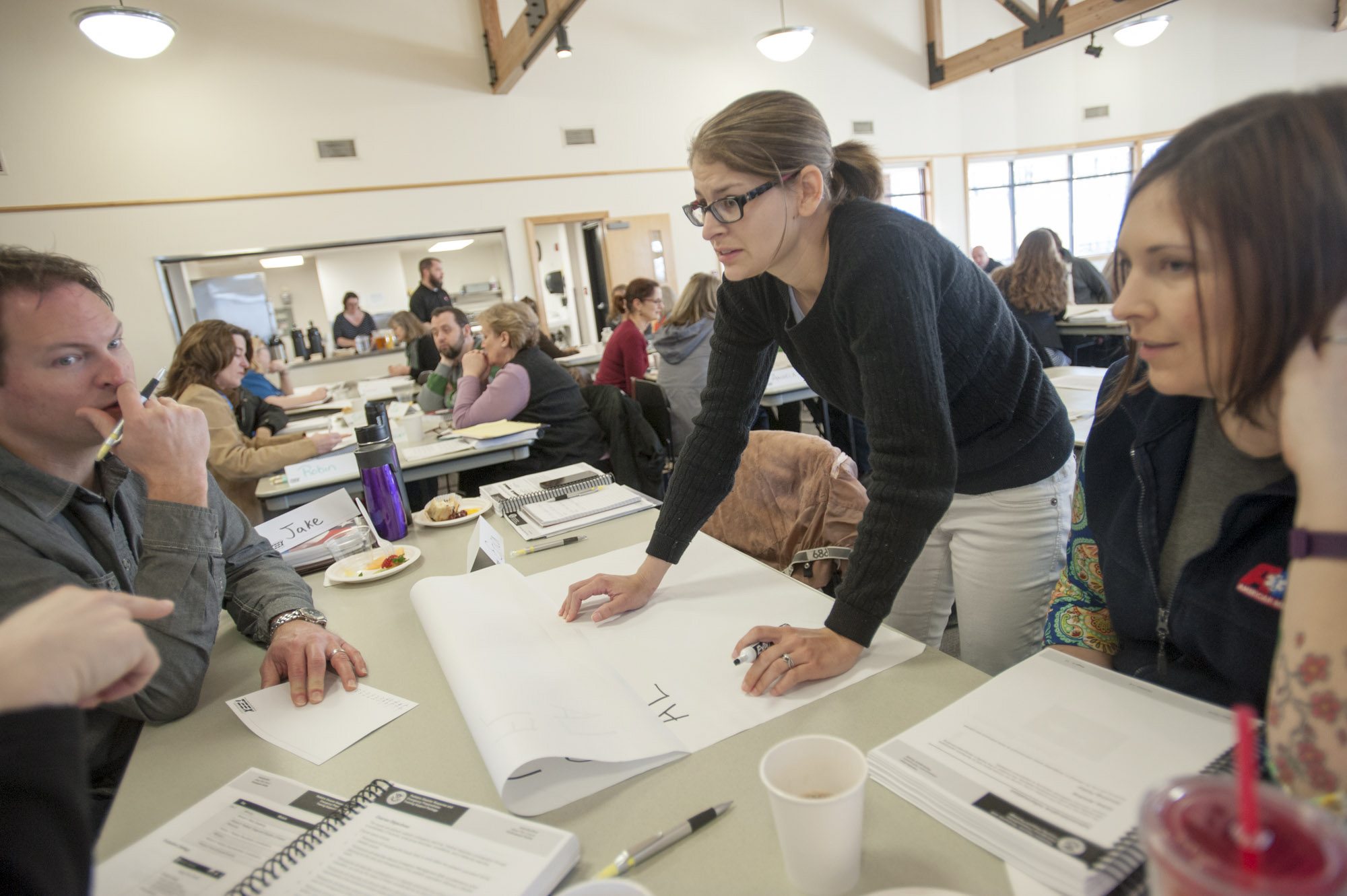If an earthquake causes destruction in Clark County or a disease outbreak strikes the community, first responders, medical workers and others who would be working on the front lines will be prepared to help the community respond — including the youngest local residents.
Fifty people from across Southwest Washington and northern Portland underwent a two-day training seminar on pediatric disaster preparedness this week. Clark County Public Health hosted the seminar, which was funded by a Department of Homeland Security grant.
The training was aimed at people working in public health, schools, emergency medical services, medical clinics, hospitals, law enforcement and disaster response. And the goal was to get local organizations thinking about special considerations for children for a variety of disasters — earthquakes, plane crashes, disease outbreaks, tornadoes, floods.
“Kids are not little adults,” said Robin Albrandt, regional emergency response coordinator with Clark County Public Health.
“This is a group that doesn’t have the ability to meet their own needs,” added John Rinard of Texas A&M Engineering Extension Service, who conducted the training.
Clark County’s emergency preparedness department leads the response efforts for the Southwest Washington region, which includes Clark, Cowlitz, Skamania and Wahkiakum counties. A regional preparedness coalition is tasked with addressing preparedness for all types of possible disasters.
About two years ago, the coalition decided to focus its efforts on preparing for and addressing the physical and emotional needs of children in disasters. Last year, the group offered pediatric life-support training. This year, however, the group wanted to emphasize planning, Albrandt said, “so those most vulnerable will get the assistance they need,” she said.
About a year ago, the group asked Rinard to come to Vancouver to train the local community on pediatric disaster response. Rinard and other trainers with the company present in communities across the country for free — all funded by the DHS grant.
While children account for about 25 percent of the population, historically, there hasn’t been much disaster planning focusing on children, Rinard said.
Finding family
The two-day training talked about logistical planning for kids and how the community could work together to reunite kids with family members. Hurricane Katrina left about 5,000 minors unaccompanied for up to six months, Rinard said.
The training also focused on caring for children in clinical settings and ensuring medical organizations have needed equipment and medications, which may be different for children than adults. Participants also discussed decontamination procedures for children who were exposed to toxic substances.
The training also included a segment about caring for children with physical or learning disabilities
“Traditionally, there’s not been a lot of consideration for those kids,” Rinard said.
But the training wasn’t only about the physical needs of kids. It also emphasized addressing the mental and emotional responses children may have in disasters.
“After a disaster, things don’t return to normal,” Rinard said. “It’s the new normal.”
“These classes help prepare for resiliency,” he added.





